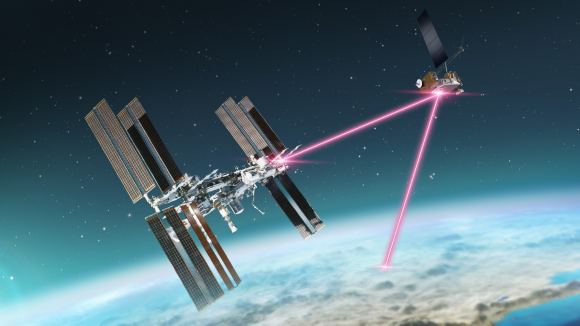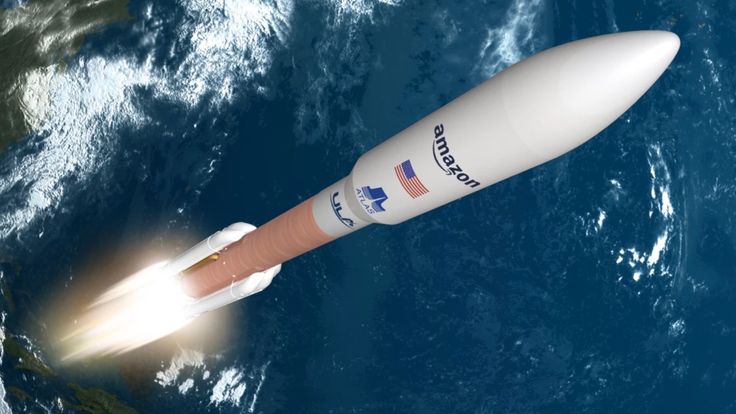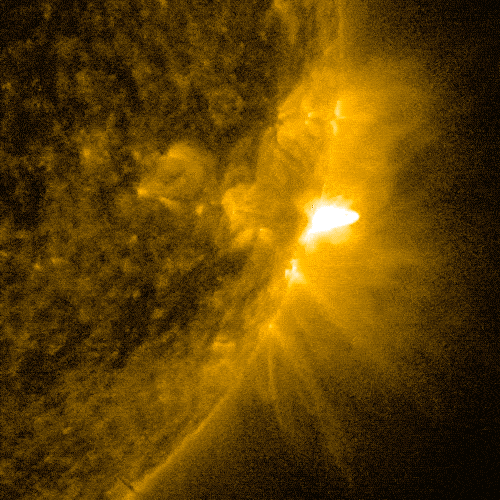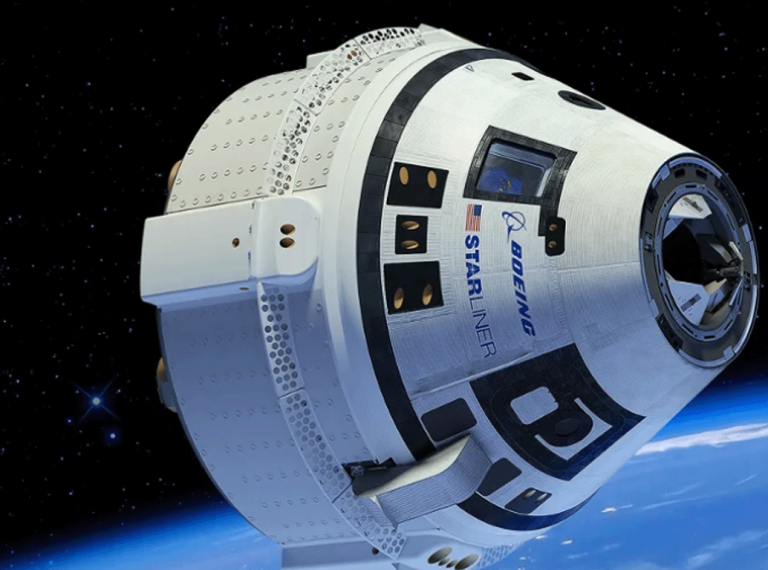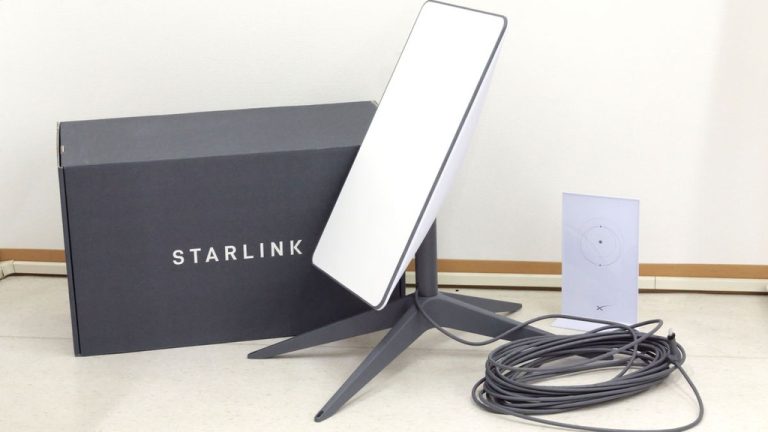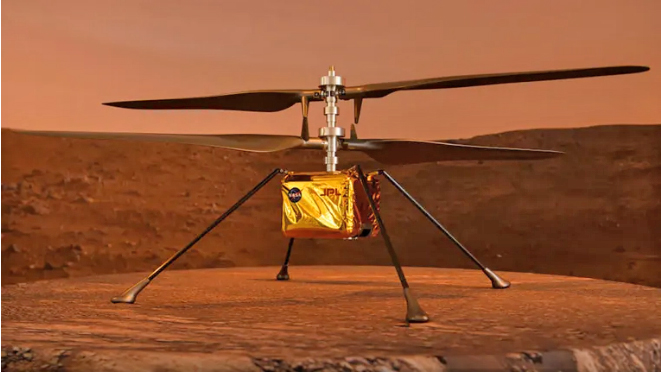High-Speed Internet on the Space Station: What It Means for Astronauts
Key Takeaway
NASA’s Space Communications and Navigation (SCaN) program has revolutionized space communication with the introduction of the first two-way, end-to-end laser relay system. This technology significantly enhances data transmission speeds, improves communication reliability, and reduces power consumption on the International Space Station (ISS).
Summary
- SCaN Program: Developed by NASA, demonstrating advanced laser communication technology.
- Laser Relay System: First two-way end-to-end laser relay system tested with a 1.2 Gbps speed.
- ILLUMA-T: Integrated LCRD Low Earth Orbit User Modem and Amplifier Terminal.
- DTN and HDTN: Delay/Disruption Tolerant Networking and High-Rate Delay Tolerant Networking to manage data disruptions and enhance speed.
- Pet Imagery: Astronauts used the system to send images and videos of pets as part of the test.
- Advantages of Laser Communication: Faster data transmission, smaller and lighter equipment, and reduced power consumption.
- Future Implications: Enhancing communications for NASA’s Artemis program and future interplanetary missions.

High-Speed Internet on the Space Station: What It Means for Astronauts
NASA’s Space Communications and Navigation (SCaN) program has achieved a groundbreaking milestone by demonstrating the first two-way, end-to-end laser relay system. This innovative technology was tested by sending data to the International Space Station (ISS) at an astonishing speed of 1.2 gigabits per second. Using this high-speed internet, a set of images and videos of pets belonging to NASA astronauts and staffers were transmitted, showcasing the system’s capabilities. This advancement promises to revolutionize communications in space, enhancing the working and living environment for astronauts on the ISS and beyond.
The SCaN Program and Laser Relay System
The SCaN program, spearheaded by NASA, focuses on advancing space communication technologies. The recent test of the two-way end-to-end laser relay system is a significant leap forward. Traditionally, NASA has relied on radio frequency communications for data transfer. However, the breakthrough in laser communications, also known as optical communications, allows for the transfer of more complex messages and data packets much more quickly. Both radio waves and infrared light travel at the speed of light, but infrared light, used in laser communications, moves in a tighter wavelength, enabling rapid modulation of signals and hence faster data transfer.
Testing the System with Pet Imagery
A group of NASA astronauts and employees, including Randy Bresnik, Cristina Koch, and Kjell Lindgren, selected the pet imagery as the test dataset. These full-color images and videos are more complex due to their high pixel count, making them ideal for demonstrating the speed and agility of the Integrated LCRD Low Earth Orbit User Modem and Amplifier Terminal (ILLUMA-T) system. The data journey began at a mission operations center in Las Cruces, New Mexico, before being routed to optical ground stations in California and Hawaii. From there, the data was modulated onto infrared laser signals and sent to NASA’s Laser Communications Relay Demonstration (LCRD) satellite in geosynchronous orbit, which then relayed the data to the ILLUMA-T on the space station.
Addressing Space Communication Challenges with DTN and HDTN
Space data transmission often faces significant delays and potential data loss due to the vast distances involved. To overcome these challenges, NASA developed Delay/Disruption Tolerant Networking (DTN), which uses a “store-and-forward” process to manage data disruptions. An advanced version called High-Rate Delay Tolerant Networking (HDTN), developed by NASA’s Glenn Research Center, enhances this process, enabling data transfer up to four times faster than current DTN technology. HDTN aggregates data from various sources and prepares it for transmission back to Earth, as demonstrated during the pet photo and video experiment.
Advantages of Laser Communication for Astronauts
Laser communication technology offers several advantages over traditional radio frequency systems:
- Speed: With data transmission speeds reaching 1.2 gigabits per second, laser communication allows for faster transfer of large data sets, including high-definition multimedia.
- Efficiency: The ILLUMA-T laser communication terminal is smaller, lighter, and requires less power than existing systems, which frees up space and resources on the ISS.
- Reliability: Enhanced DTN and HDTN technologies improve the reliability of communications, reducing the risk of data loss.
- Bandwidth: The increased bandwidth capacity supports more complex and data-heavy communications, crucial for future space missions.
Kevin Coggins, the deputy associate administrator and SCaN program manager at NASA, highlighted the success of the demonstration, stating, “Not only have they demonstrated how these technologies can play an essential role in enabling NASA’s future science and exploration missions, but it also provided a fun opportunity for the teams to ‘picture’ their pets assisting with this innovative demonstration.”

Historical Context and Future Implications
Historically, NASA’s reliance on radio frequency communications has been adequate but limiting in terms of data volume and speed. The transition to laser communications marks a significant improvement, not only for the current operations on the ISS but also for future missions. For instance, during a December 2023 test, a 15-second HD video of a cat named “Taters” chasing a laser pointer was streamed from the Psyche spacecraft almost 30 million kilometers away to the Hale Telescope at the Palomar Observatory in California. This test illustrated the potential of high-bandwidth laser communications in deep space, taking just 101 minutes to complete.
Enhancing Future Space Missions
The optimized DTN technology aims to enhance NASA’s communications services, including improved security, network routing of high-definition multimedia, and more. As NASA’s Artemis program advances toward establishing a sustainable lunar presence, SCaN continues to develop innovative communications technology to bring the reliability and performance of Earth’s internet to space. The ILLUMA-T, LCRD, and HDTN technologies, funded by NASA’s SCaN program at NASA Headquarters, are managed by NASA’s Goddard Space Flight Center and Glenn Research Center. The space station network is managed by NASA’s Johnson Space Center and Marshall Space Flight Center.
Tables and Detailed Analysis
Table 1: Comparison of Radio Frequency and Laser Communications
| Feature | Radio Frequency Communications | Laser Communications |
|---|---|---|
| Speed | Moderate | High (up to 1.2 Gbps) |
| Wavelength | Broad | Narrow (infrared light) |
| Data Capacity | Limited | High |
| Equipment Size | Larger | Smaller |
| Power Consumption | Higher | Lower |
| Reliability | Moderate | High (with DTN/HDTN) |
Table 2: Key Technologies in NASA’s SCaN Program
| Technology | Description | Advantages |
|---|---|---|
| ILLUMA-T | Integrated LCRD Low Earth Orbit User Modem and Amplifier Terminal | Smaller, lighter, reduced power consumption, faster data transmission |
| LCRD | Laser Communications Relay Demonstration | Demonstrates feasibility and efficiency of laser communications |
| DTN | Delay/Disruption Tolerant Networking | Manages data disruptions, uses “store-and-forward” process |
| HDTN | High-Rate Delay Tolerant Networking | Enhances DTN, aggregates data, enables up to four times faster data transfer |
Conclusion
The successful demonstration of NASA’s first two-way, end-to-end laser relay system marks a pivotal advancement in space communication technology. By leveraging high-speed laser communications, the SCaN program has showcased the potential to significantly enhance data transfer capabilities, improve reliability, and reduce power consumption on the ISS. This innovation not only facilitates better communication for current missions but also lays the groundwork for future space exploration, including NASA’s Artemis program and interplanetary missions.
The collaborative efforts of NASA’s Goddard Space Flight Center, Glenn Research Center, Johnson Space Center, and Marshall Space Flight Center ensure that these advanced technologies will continue to evolve, bringing the reliability and performance of Earth’s internet to space. As Kevin Coggins aptly put it, the success of these demonstrations “provided a fun opportunity for the teams to ‘picture’ their pets assisting with this innovative demonstration,” underscoring the blend of technological advancement and human connection at the heart of space exploration.

